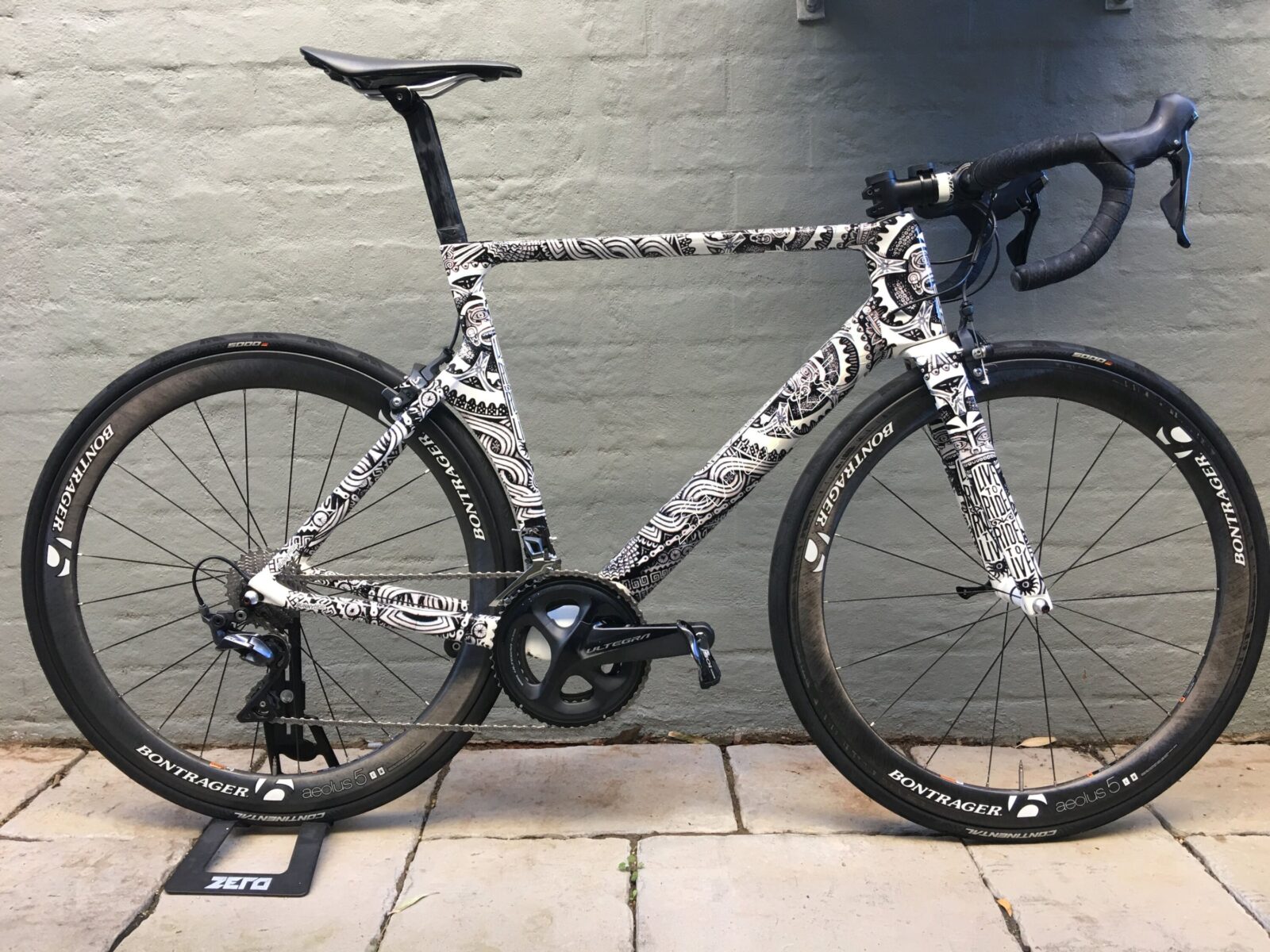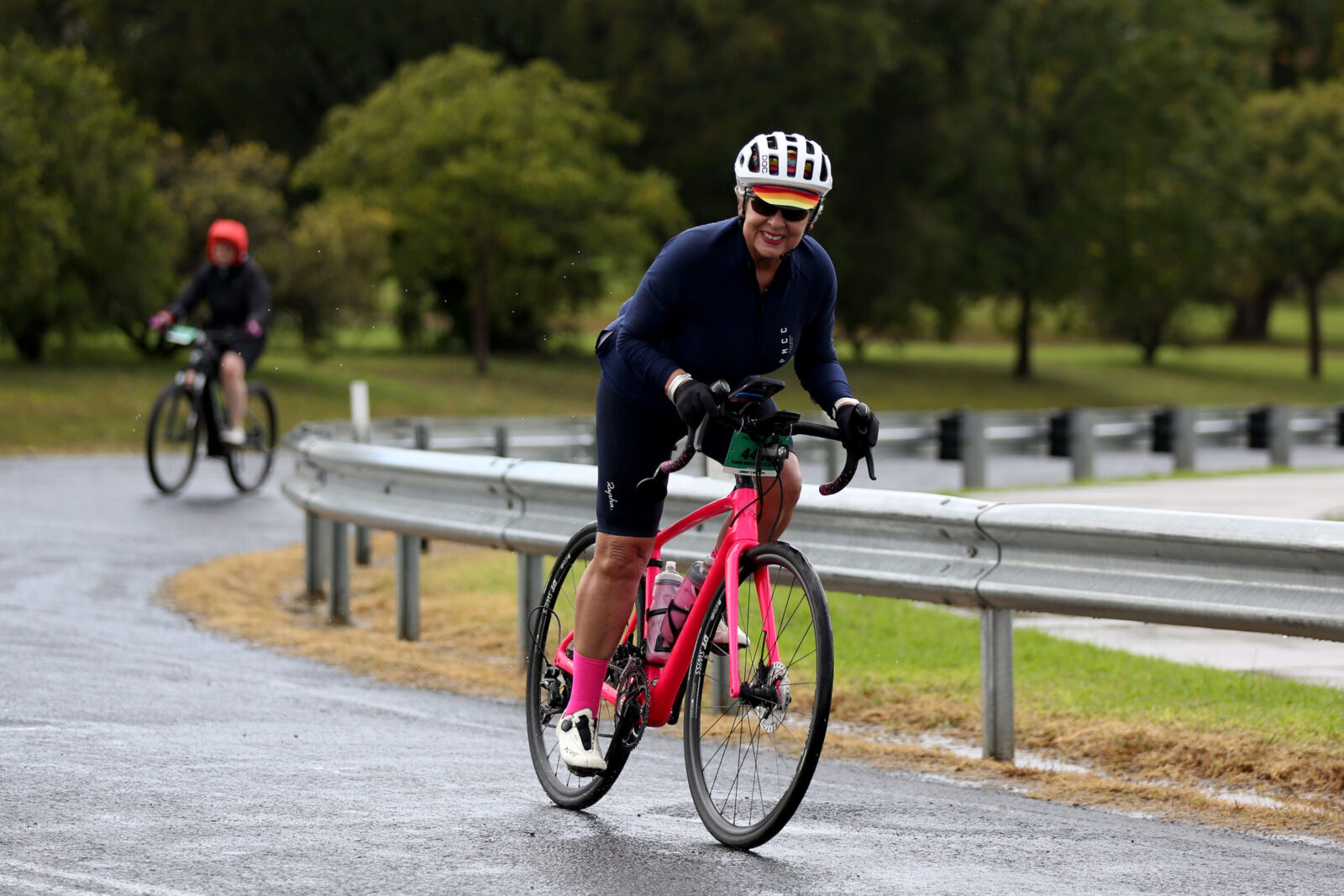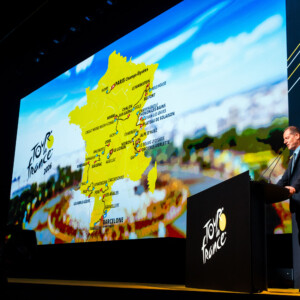Repainting your bike frame can be a cost-effective way to fall back in love with your bike while creating a bespoke steed for others to admire.
The cycling industry is moving fast. Currently, upgrades aren’t just frequent – they’re expensive. But what if your bike still rides beautifully, fits like a glove, and climbs like it always did? What if you could fall in love with it again, without dropping $10k on the latest everything?
We spoke with riders and painters across Australia to explore three creative and cost-conscious ways to transform your ride: a custom frame wrap, a DIY paint job, or a full professional respray. Each offers more than just a cosmetic boost – it’s a way to reconnect with your bike’s personality and your own.
Wrap it: dressing your bike
Peter Reynolds has been transforming bikes for over a decade through Bunnyhop Wraps, a vinyl-based alternative to paint that’s revolutionised the way riders approach customisation. Based in NSW, Peter’s workshop has wrapped bikes sent from all over Australia – and beyond. I recently chatted with Peter, who shared his experience.
“Most of the custom work is personal,” Peter says. “Either matching the customer’s cycling kit or changing the colour to something they’ve always wanted. I’ve even swapped out brand names for their own name on the downtube.”
One of his clients, Chris Taylor, turned a “very generic white Canyon Aeroad” into a rolling work of art using the Cycology Aztec Full Wrap Kit.
“Almost every ride, someone will comment on how cool the frame looks,” Chris says. “They often ask, ‘Is it hand-painted?’”
“There’s no fading, no peeling. It’s held up at least as well as a factory paint job. And once, while stopped at a red light, Adam Spencer crossed the road in front of me and called out, ‘That’s a cool-looking bike!’”
Aside from making a serious visual statement, the wrap has also reignited his relationship with the bike.
Peter offers the Bunnyhop Wrap in DIY kits and full-wrap installations, starting at around $450-$550, depending on design and size. He can also work with your design.

DIY paint with personality
If wrapping your bike is like slipping into a fresh, exciting jersey, then painting your own frame is more hands-on, personal, and dependent on careful planning with every layer. If you’re starting this creative journey, you can also start simply. Enter Spray.Bike, a unique paint system developed specifically for bicycles.
It’s a powder-based acrylic paint in a can, not a traditional liquid spray. It dries almost instantly on contact, meaning fewer drips, less mess, and more control. It was created with frame tubes in mind, not lawn furniture or model cars.
“A customised, personalised bicycle is the main aim of riders who choose to use our products,” says Ari from Spray.Bike Australia. “Whether it’s a colour they couldn’t get on a new bike, or a creative vision they’ve had in mind, the sky is the limit when it comes to creativity.”
The process: equal parts prep and patience
The first step? Preparation. Painting your own frame means stripping it down completely, removing components, degreasing, sanding the clear coat, and masking off anything you don’t want painted – including dropouts, seat tubes, and bottom brackets. It’s not hard, but it is detailed.
“It’s all in the prep,” Ari explains. “Put in the time to strip, clean, and lightly sand your bike. That way, the painting part becomes easy – and fast.
“We’ve seen riders paint their bike six, seven times,” says Ari. “A Halloween-themed blood-streaked frame using detergent layering, distressed finishes sanded back in patches, autumn themes, and more. The best part? You’re never stuck with one look.”
Why DIY? Aside from cost – Spray.Bike kits typically run between $80 and $150, depending on how many colours and finishes you choose – the appeal is emotional.
Spray.Bike is available online and through Australian distributors. Even if you don’t take on a full frame, it’s great for touch-ups, and accessories, or adding flair to otherwise bland parts. Their Sport Pens also allow for hand-drawn squiggles, lettering, or fine detailing.
Pro touch: when it’s worth doing right
For some bikes and riders, there’s only one way to go: all in.
A professional respray isn’t just about looking sharp. It’s about reviving something that still rides like a dream or repairing damage that left you in a deep conundrum without your favoured steed.
Carbon Steed: “Make it like it was”
In Brisbane, Gary McDonald of Carbon Steed doesn’t just paint bikes. He brings them back from the brink, whether it’s a road-worn frame begging for colour or a carbon shell that needs reconstructing.
“Our repaints start with a basic one-colour finish and three decals,” Gary explains. “It gets more complex from there. Chrome is especially labour-intensive – it’s beautiful but not quick work.”
Among his recent standout projects is a stunning metallic green frame built by Woods Bicycle Co., run by two Australian brothers and renowned in the local custom bike industry. The finish is clean, rich, and unmistakably premium. The paint isn’t just colour – it’s light, movement, and depth.
Gary’s work goes beyond bikes. Each job is steeped in story, from carbon violins used at the Tamworth Country Music Festival to a Trek respray celebrating a client’s breast cancer victory. No design is too strange; it just needs to be meaningful.
When it comes to carbon repair, “Our philosophy is ‘make it like it was,’” Gary says. “Not weaker, not stronger – just right. If we can’t promise that, we don’t take the job. But when we do, we’ll do it properly.”

Bike Addiction: the long game
In Sydney, Stan at Bike Addiction has been painting frames since 1986, when steel ruled and carbon was still a fringe material. He was one of the first to offer carbon repair and repainting in Australia.
“Back then, the biggest issues were the joints between alloy lugs and carbon tubes coming apart,” Stan recalls. “Now it’s impact damage – crashes, wear, or just time.”
Stan is known for his durability-first approach. He works with 2-pack professional paint systems, which outperform cheaper single-pack options and offer a high-gloss, factory-grade finish.
“Matching colours is the hard part,” he says. “Even shades that look similar often aren’t. But when it’s done right, your bike looks new again – and you get to choose the colours, the decals, the details.”
A full custom repaint with Stan costs between $800 and $2,500, depending on complexity, sticker work, and paint types.
For a rider who wants to restore rather than replace – or perfect a frame they already love – it’s money well spent.
Ride it like you’ll love it forever
For some riders, repainting a bike isn’t about flash or even nostalgia. It’s about respecting the machine – it’s design and craftsmanship, it’s engineering, and in the case of a custom frame from Italy, its soul. Riders like Roddy don’t chase the newest thing. They invest in what lasts. And before it needs care, they provide it.
A meticulous, lifelong cyclist, Roddy has owned some of the most revered custom frames in cycling: a white Bixxis built by Doriano De Rosa, a phenomenal steel Zullo by the recently retired Tiziano Zullo, and a Pegoretti, measured and built by Dario himself – all of which Roddy has stripped and repainted to perfection under his watch.
“I choose bikes that are made to last and made specific to me,” he explains. “Not just in build quality, but in how they ride. If a builder places their time and experience on my frame, it’s worth preserving and maintaining.”
When the paint on each began to fade or chip from use, Roddy didn’t flinch. He had both his Pegoretti and Bixxis frames professionally stripped, resprayed, and completely rebuilt, down to the last bolt and bearing, all organised through his trusted local bike shop.
“It wasn’t about chasing a new look. It was about feeling the bike the way it was meant to be felt. After refreshing the paint, the bike feels uplifting – it gives the bike life. I’m more inspired to take the bike out.”
For Roddy, repainting isn’t indulgence. It’s maintenance with honour. A fresh coat is simply the next chapter in a story with many rides left to tell.
“Looking after a bike isn’t just about performance,” Roddy says. “It’s about stewardship.”


Alison McGregor
Alison McGregor - With over a decade of experience working with Italy’s revered bike companies, Ali is the co-founder of bike shop Chainsmith.


